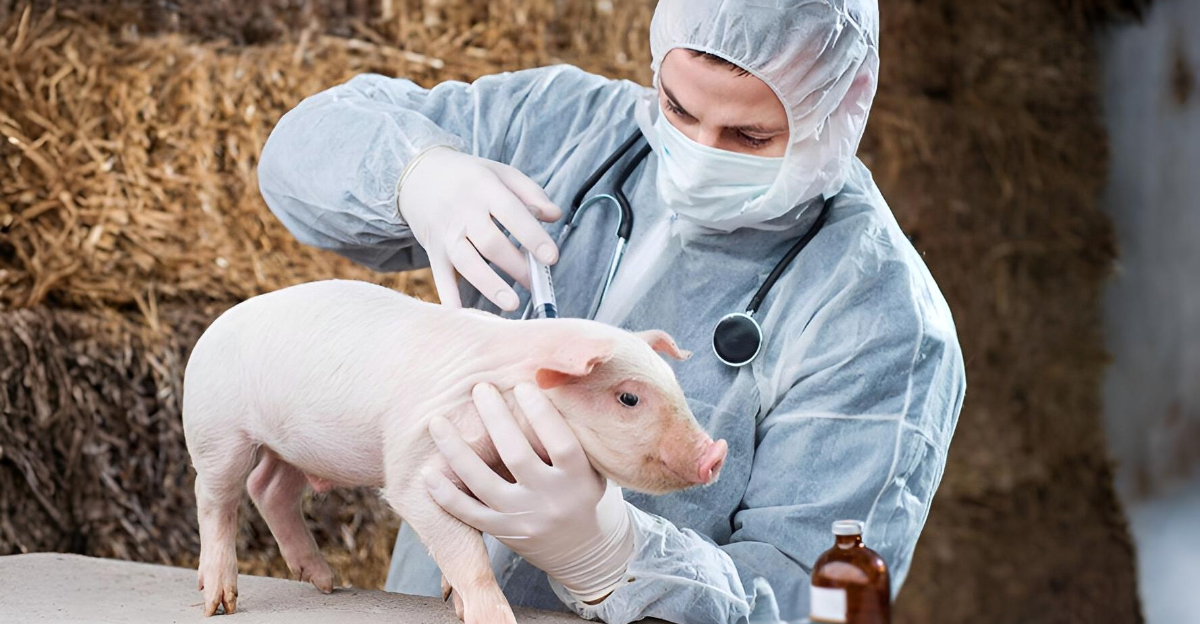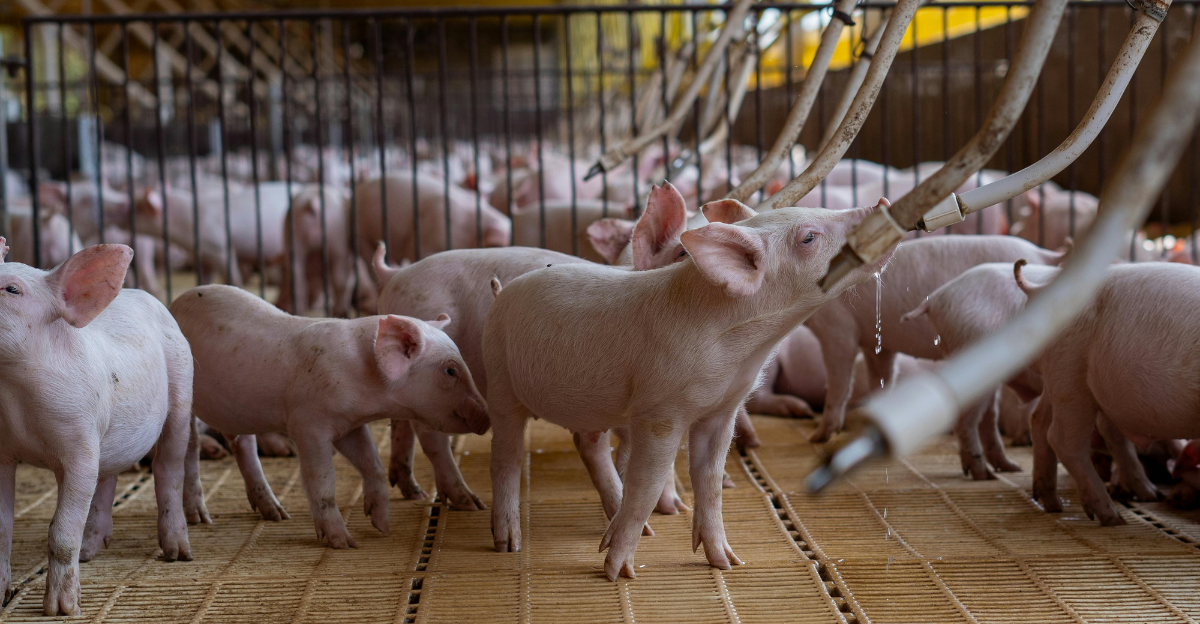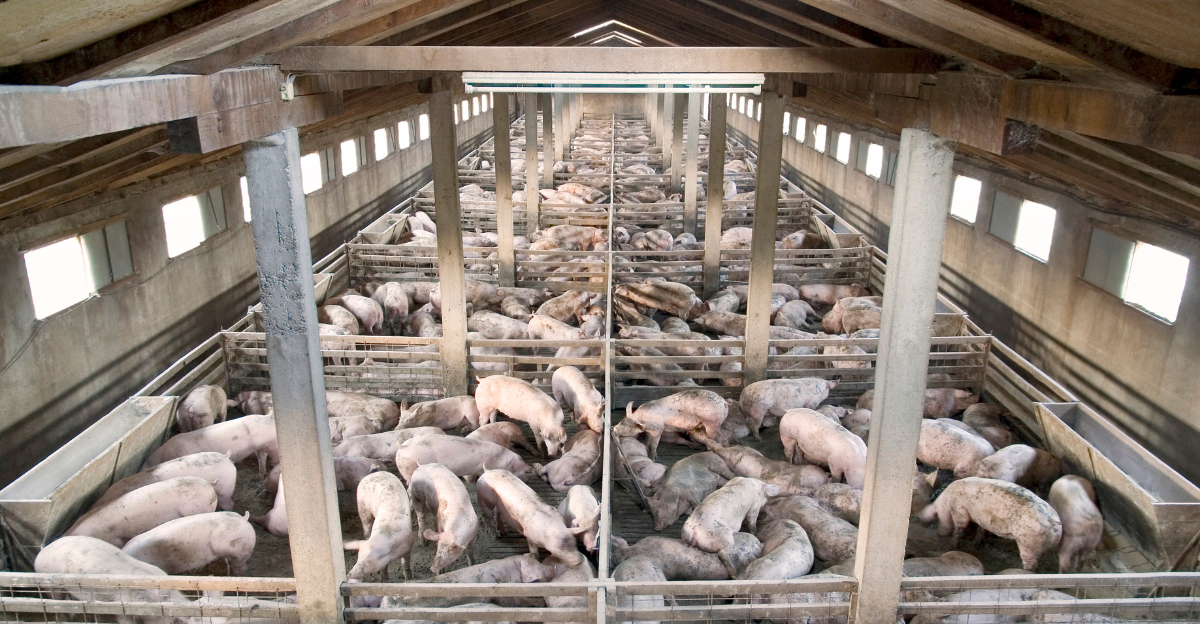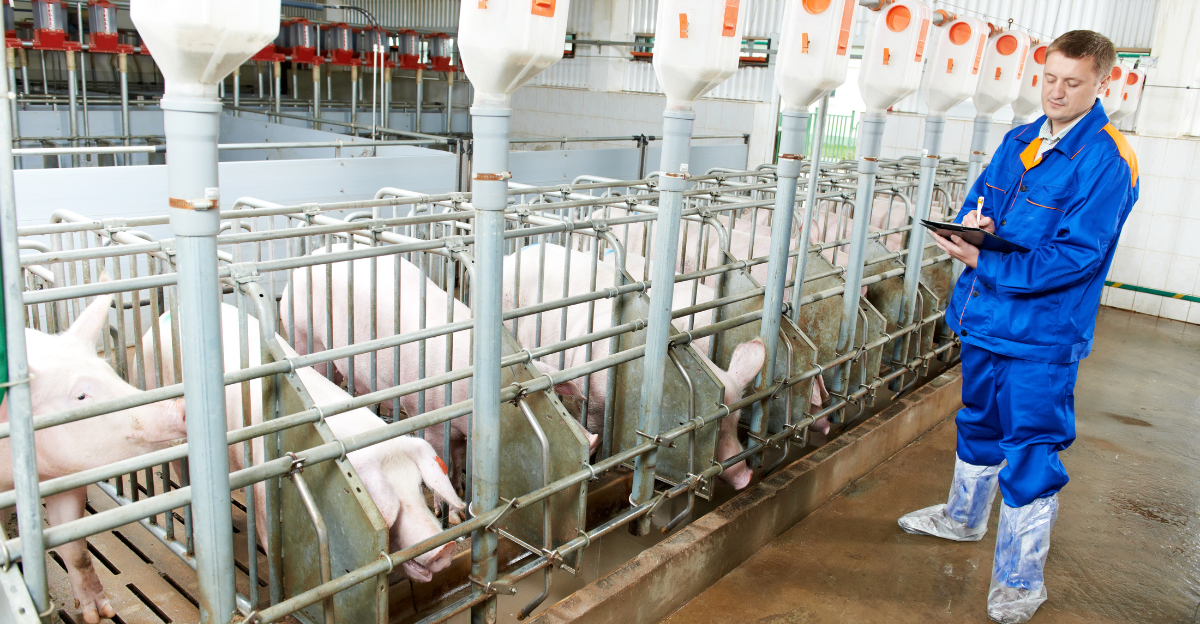
The U.S. Food and Drug Administration has officially approved gene-edited pigs for human consumption, a landmark decision that marks the beginning of a new era in meat production. These pigs, modified using CRISPR technology, are resistant to PRRS, a virus that has plagued the pork industry for decades. It’s the first time gene-edited livestock have been cleared for both food and breeding in the United States.
This isn’t just about bacon, it’s about reshaping the entire food system. Healthier pigs mean fewer antibiotics, lower losses, and more consistent pork supply. The move is being hailed as a massive win for agricultural biotechnology.
As the approval rolls out, all eyes are on how this decision might influence global food tech trends, consumer trust, and regulatory shifts in other countries.
How the Science Works

CRISPR works by precisely cutting and editing genes at specific locations in an animal’s DNA. In this case, scientists removed a gene that allows the PRRS virus to invade pig cells. Without it, the pigs are essentially immune to one of the most economically devastating diseases in modern farming.
The edit is passed down to offspring, meaning the benefits carry over to future generations. No vaccines, no recurring treatments, just a built-in genetic safeguard. This saves costs and spares pigs from illness-related suffering, which improves both profitability and animal welfare.
It’s not science fiction anymore. This is real-world biotech making meaningful changes to how we raise animals for food.
Dollars, Disease, and Demand

PRRS isn’t just a health concern, it’s a billion-rand problem. In the U.S. alone, it causes over half a billion dollars in annual losses. Between decreased fertility, slower growth rates, and high mortality, the virus eats into profits and disrupts the supply chain.
By introducing disease-resistant pigs, farmers can cut losses and reduce reliance on medication. That means pork that’s more affordable, more predictable in supply, and possibly even more ethical to produce.
Consumers may not notice immediate price drops, but the long-term impact could lead to a more resilient pork industry that’s better prepared for market shocks and global food demand.
The FDA’s Green Light

Getting CRISPR pigs approved wasn’t a fast-tracked process. The FDA reviewed everything from genetic stability to meat safety before giving its stamp of approval. Officials confirmed the gene edit doesn’t cause harmful side effects in pigs and that the meat is safe for human consumption.
This sets a precedent. Until now, most gene-edited animals in the U.S. had limited use in research or therapeutic development. With this ruling, the door is now open for more biotech breakthroughs to reach dinner plates.
For researchers and startups, it’s validation that gene editing has a legitimate and growing place in modern agriculture.
Public Perception Matters

Let’s face it, “gene-edited pork” sounds a bit sci-fi, and public wariness is understandable. But CRISPR-edited pigs aren’t like GMO crops that contain DNA from other species. These pigs have simply had one gene deleted, not foreign DNA added.
Transparency is key. Clear labeling, consumer education, and open communication about what CRISPR is and isn’t will help build trust. If people understand the health and environmental benefits, they’re more likely to accept it.
The pork industry and biotech community need to focus on storytelling that’s honest, science-backed, and easy to digest, no pun intended.
More Than a Meat Issue

Gene editing touches on ethics, animal welfare, and sustainability. By making pigs resistant to PRRS, we reduce the need for antibiotics, prevent suffering, and boost the overall efficiency of farming operations. That’s better for the pigs and the planet.
Less disease means fewer emissions from medical production and pig mortality. It also means less waste and water usage in the long run. These environmental savings, while incremental now, can scale dramatically with widespread adoption.
In a time when sustainability is non-negotiable, CRISPR pigs offer a more compassionate and cleaner way to produce meat.
Global Market Watch

Not all countries are onboard yet. Europe, for example, still treats gene-edited animals under strict GMO regulations, meaning it could take years before similar approvals happen there. Meanwhile, markets like China and Canada are watching closely to see how consumers respond.
If the rollout in the U.S. proves successful, it could push other nations to revisit outdated biotech regulations. That would unlock international trade opportunities and create a more unified food innovation landscape.
For now, America leads the pack. But the conversation is global, and this move may kickstart a broader biotech revolution in agriculture.
What’s Next for CRISPR?

This is just the beginning. Scientists are already exploring CRISPR for traits beyond disease resistance, think leaner cuts, improved flavor, or even reducing allergens in pork. In cattle, there are efforts to eliminate horns and improve heat tolerance.
The potential is vast, but so is the responsibility. Just because we can edit genes doesn’t mean we always should. Each step forward requires balancing innovation with transparency, oversight, and real-world benefits.
But if the PRRS-resistant pig is any indication, gene editing might help create a more humane and efficient meat industry without compromising on quality or safety.
Winning Hearts and Minds

Public support is going to determine the future of CRISPR in food. People aren’t necessarily anti-science, they just want to feel like they’re in the loop. Explaining the benefits, addressing concerns, and showing that gene-edited animals live healthier lives will go a long way.
Schools, media, and even food labels can help by offering bite-sized facts about how gene editing works. Informed consumers are more empowered, and empowered consumers are less likely to resist new technologies out of fear alone.
Science needs a PR team and when done right, even the term “CRISPR bacon” might lose its edge.
Innovation on the Plate

The approval of gene-edited pigs marks a major turning point in food and farming. It’s proof that science and agriculture can work together to solve real, tangible problems—without creating new ones. We’re entering an age where disease resistance can be bred in, not just treated after the fact.
This isn’t just a scientific triumph. It’s a cultural moment. Our food is changing, and the tools we use to grow it are smarter, faster, and more precise than ever before. With thoughtful rollout and responsible practices, CRISPR pigs could be the first of many innovations reshaping what ends up on our plates.
Explore more of our trending stories and hit Follow to keep them coming to your feed!

Don’t miss out on more stories like this! Hit the Follow button at the top of this article to stay updated with the latest news. Share your thoughts in the comments—we’d love to hear from you!







